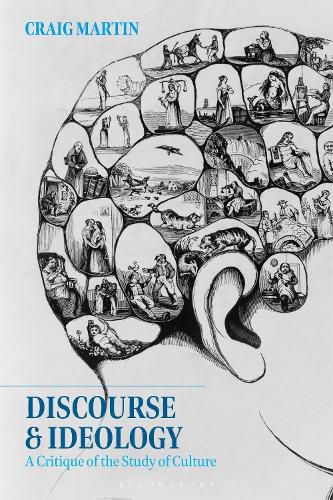Readings Newsletter
Become a Readings Member to make your shopping experience even easier.
Sign in or sign up for free!
You’re not far away from qualifying for FREE standard shipping within Australia
You’ve qualified for FREE standard shipping within Australia
The cart is loading…






Drawing on poststructuralist approaches, Craig Martin outlines a theory of discourse, ideology, and domination that can be used by scholars and students to understand these central elements in the study of culture.
The book shows how discourses are used to construct social institutions-often classist, sexist, or racist-and that those social institutions always entail a distribution of resources and capital in ways that capacitate some subject positions over others. Such asymmetrical power relations are often obscured by ideologies that offer demonstrably false accounts of why those asymmetries exist or persist.
The author provides a method of reading in order to bring matters into relief, and the last chapter provides a case study that applies his theory and method to racist ideologies in the United States, which systematically function to discourage white Americans from sympathizing with poor African Americans, thereby contributing to reinforcing the latter’s place at the bottom of a racial hierarchy that has always existed in the US.
$9.00 standard shipping within Australia
FREE standard shipping within Australia for orders over $100.00
Express & International shipping calculated at checkout
Drawing on poststructuralist approaches, Craig Martin outlines a theory of discourse, ideology, and domination that can be used by scholars and students to understand these central elements in the study of culture.
The book shows how discourses are used to construct social institutions-often classist, sexist, or racist-and that those social institutions always entail a distribution of resources and capital in ways that capacitate some subject positions over others. Such asymmetrical power relations are often obscured by ideologies that offer demonstrably false accounts of why those asymmetries exist or persist.
The author provides a method of reading in order to bring matters into relief, and the last chapter provides a case study that applies his theory and method to racist ideologies in the United States, which systematically function to discourage white Americans from sympathizing with poor African Americans, thereby contributing to reinforcing the latter’s place at the bottom of a racial hierarchy that has always existed in the US.